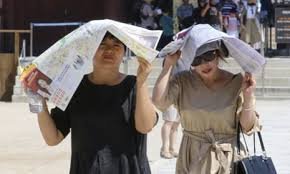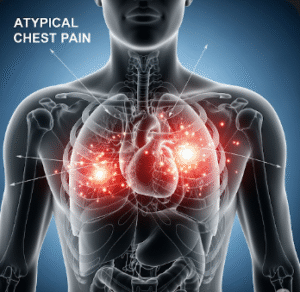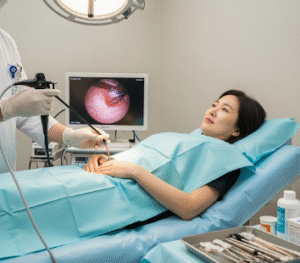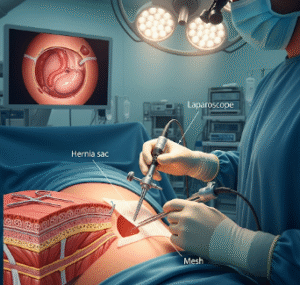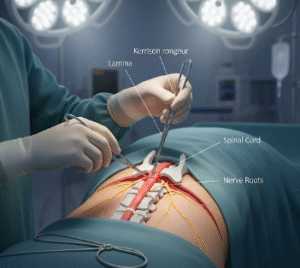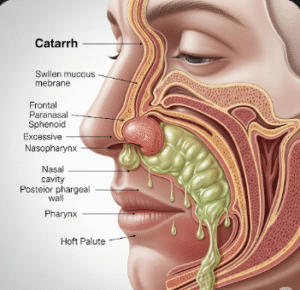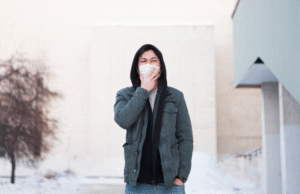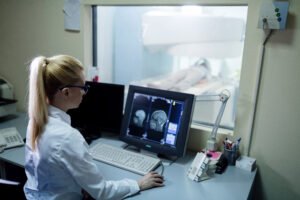Overview
Heat exhaustion is a heat-related illness caused by excessive exposure to high temperatures, often combined with dehydration. It can lead to serious health issues if not promptly addressed.
In Korea, heat exhaustion is a concern during the hot, humid summer months, particularly for outdoor workers, athletes, and the elderly. Korean hospitals and clinics provide rapid diagnosis, treatment, and public awareness programs to prevent heat-related illnesses.
What is Heat Exhaustion?
Heat exhaustion occurs when the body overheats due to prolonged exposure to heat and inadequate fluid replacement, resulting in impaired thermoregulation and fluid imbalance. It is a precursor to heatstroke, which can be life-threatening.
Symptoms
- Heavy sweating and pale, clammy skin
- Fatigue or weakness
- Dizziness or fainting
- Nausea or vomiting
- Rapid heartbeat
- Muscle cramps
- Headache
Causes
- High environmental temperatures and humidity
- Strenuous physical activity without adequate rest
- Dehydration from insufficient fluid intake
- Wearing heavy or non-breathable clothing
- Poor acclimatization to hot conditions
Risk Factors
- Elderly individuals or young children
- Outdoor workers, athletes, or military personnel
- Chronic illnesses (e.g., cardiovascular or kidney disease)
- Obesity
- Certain medications affecting thermoregulation
Complications
- Progression to heatstroke
- Organ damage due to prolonged overheating
- Electrolyte imbalances
- Fainting and falls leading to injury
- Cardiovascular strain in susceptible individuals
Prevention
- Stay hydrated with water or electrolyte drinks
- Limit outdoor activity during peak heat hours
- Wear light, breathable clothing
- Take frequent breaks in shaded or air-conditioned areas
- Acclimate gradually to hot environments
Treatment Options in Korea
Diagnosis
- Clinical evaluation of symptoms and vital signs
- Monitoring of body temperature and hydration status
- Blood tests for electrolyte and kidney function if severe
Medical Treatments
- Immediate cooling of the body (shaded area, cold compresses, or fans)
- Oral or intravenous fluid replacement
- Electrolyte correction if necessary
- Monitoring for complications like heatstroke
Surgical or Advanced Therapies
- Rarely required, unless heatstroke develops, which may need ICU-level care
- Korean hospitals are equipped with critical care units for severe cases
Rehabilitation and Support
- Gradual reintroduction to normal activity
- Education on heat illness recognition and prevention
- Monitoring for residual weakness or dehydration
- Public health campaigns during summer months in Korea

